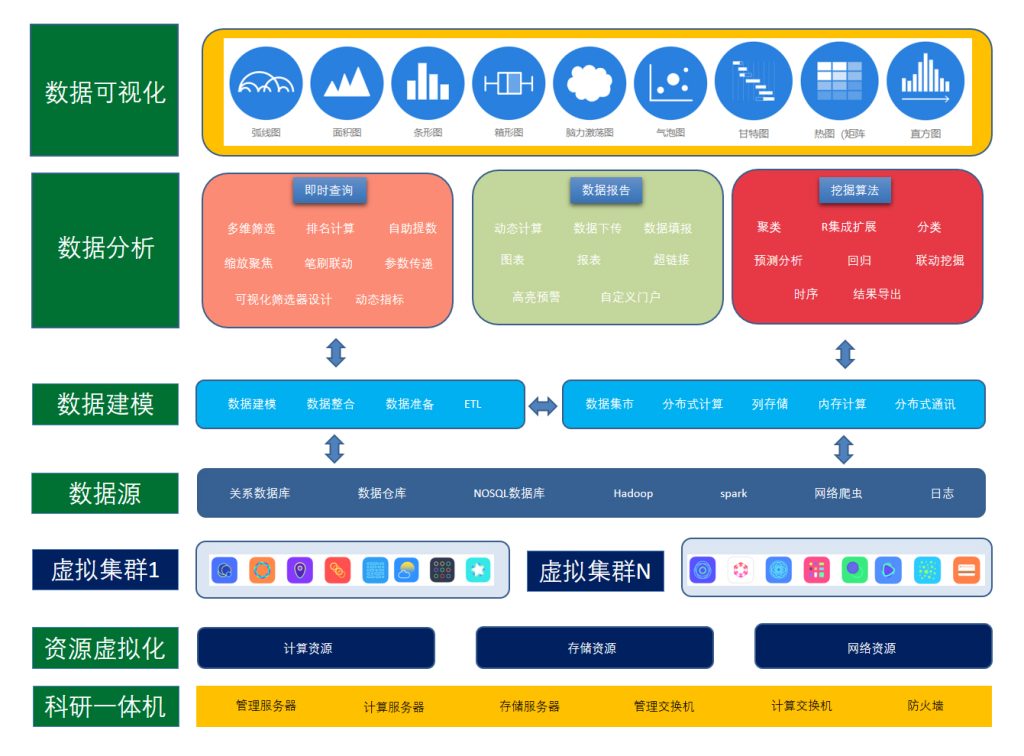网络编程相关内容见上一篇:Java程序设计:Java网络编程实验
目录
1 实验名称
2 实验目的
3 实验源代码
4 实验运行结果图
5 总结
1 实验名称
Java 网络聊天室服务器端
2 实验目的
继续熟练掌握在eclipse中调试代码
掌握Java面向对象思想掌握多线程在该项目中的使用
掌握GUI编程在该项目中的使用
掌握IO在该项目中的使用
掌握多线程在该项目中的使用
掌握Java 网络编程在该项目中的使用
掌握TCP协议和Socket套接字编程在该项目中的使用
3 实验源代码
package Text01.NetworkProgrammingText;
import java.io.*;
import java.net.*;
import java.util.*;
public class Server {
private List<ClientThread> clients; // 客户端列表
private int port; // 监听端口
private boolean running; // 服务器运行状态标记
public Server(int port) {
this.port = port;
clients = new ArrayList<ClientThread>();
}
public void start() {
running = true;
try (ServerSocket serverSocket = new ServerSocket(port)) {
System.out.println("服务器启动,等待客户端连接...");
while (running) {
Socket client = serverSocket.accept(); // 监听客户端连接请求
System.out.println("客户端 " + client.getInetAddress().getHostAddress() + " 连接成功");
ClientThread clientThread = new ClientThread(client, this); // 创建客户端线程
clients.add(clientThread); // 将客户端线程加入列表
clientThread.start(); // 启动客户端线程
}
} catch (IOException e) {
System.out.println("服务器启动失败: " + e.getMessage());
} finally {
stop(); // 关闭服务器
}
}
public synchronized void stop() {
running = false; // 设置服务器运行状态为false
for (ClientThread client : clients) {
try {
client.close(); // 关闭客户端线程
} catch (IOException e) {
e.printStackTrace();
}
}
clients.clear(); // 清空客户端列表
System.out.println("服务器已停止");
}
public synchronized void broadcastMessage(String message, ClientThread sender) {
for (ClientThread client : clients) { // 遍历客户端列表
if (client != sender) { // 发送消息给除自己外的其他客户端
client.sendMessage(sender.getClientName() + ": " + message);
}
}
}
public synchronized void removeClient(ClientThread client) { // 从客户端列表中移除指定的客户端
clients.remove(client);
System.out.println(client.getClientName() + " 已离开聊天室");
}
public static void main(String[] args) {
int port = Integer.parseInt("8080"); // 设置端口号参数
Server server = new Server(port); // 创建服务器对象
server.start(); // 启动服务器
}
}
class ClientThread extends Thread {
private Socket socket;
private Server server;
private BufferedReader input; // 输入流,用于读取客户端发送的消息
private BufferedWriter output; // 输出流,用于向客户端发送消息
private String clientName; // 客户端名称
public ClientThread(Socket socket, Server server) {
this.socket = socket;
this.server = server;
}
public void run() {
try {
openStreams(); // 打开输入流和输出流
clientName = input.readLine(); // 读取并保存客户端名称
output.write("欢迎加入聊天室, " + clientName + "! \n");
output.flush();
String message = "";
while (!message.equals("bye")) { // 循环读取客户端发送的消息并广播出去
message = input.readLine();
if (!message.equals("bye")) {
server.broadcastMessage(message, this);
}
}
server.removeClient(this); // 客户端离开聊天室
close();
} catch (IOException e) {
System.out.println("客户端读写异常: " + e.getMessage());
server.removeClient(this); // 关闭客户端线程
}
}
public String getClientName() { // 获取客户端名称
return clientName;
}
public void sendMessage(String message) { // 向客户端发送消息
try {
output.write(message + "\n");
output.flush();
} catch (IOException e) {
System.out.println("消息发送失败: " + e.getMessage());
}
}
public void close() throws IOException { // 关闭输入流、输出流和socket连接
input.close();
output.close();
socket.close();
}
public void openStreams() throws IOException { // 打开输入流和输出流
input = new BufferedReader(new InputStreamReader(socket.getInputStream()));
output = new BufferedWriter(new OutputStreamWriter(socket.getOutputStream()));
}
}4 实验运行结果图

5 总结
此次实验通过创建服务器、处理客户端请求、多线程服务器、客户端编程等一系列步骤完成了这次任务。此次实验中,使用ServerSocket类创建了一个简单的服务器,并处理了客户端连接请求;接着使用Socket类处理了客户端发送的消息,并向客户端返回相应消息;然后使用多线程服务器来处理多个客户端的连接请求,实现了并发处理功能;最终也实现了一个简单的客户端程序,并与服务器进行通信。



















